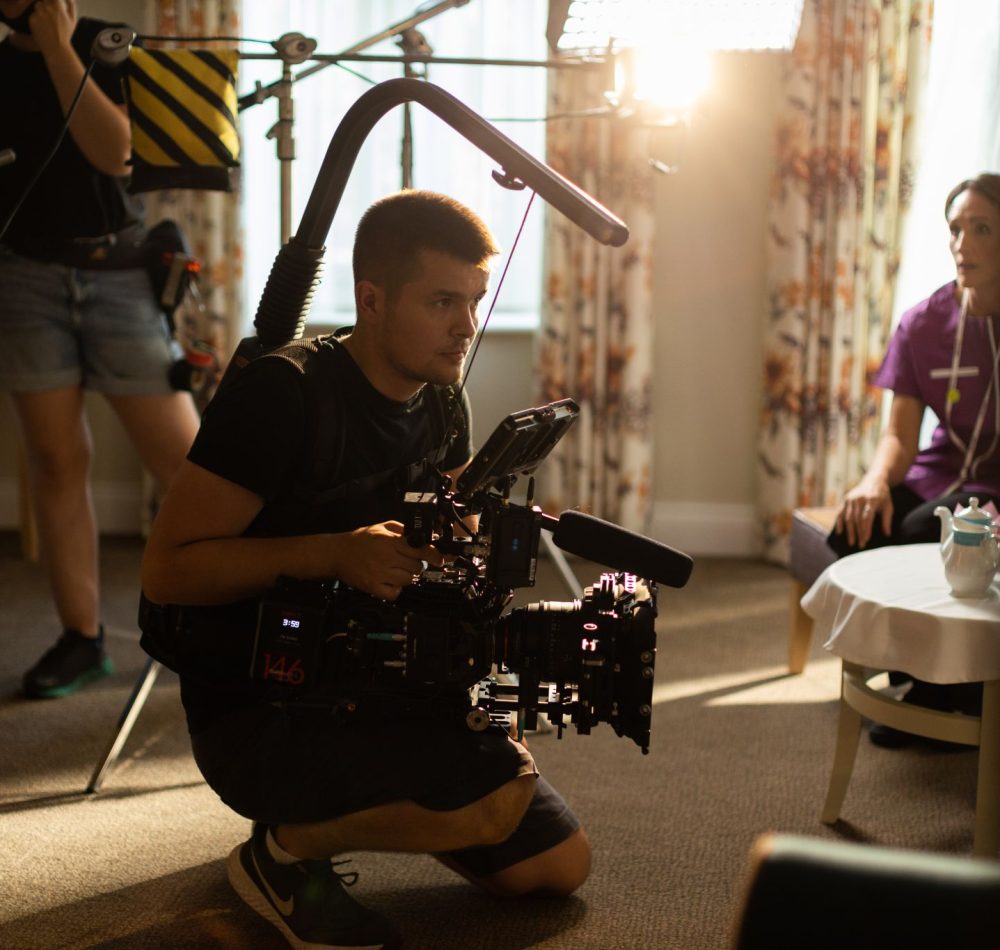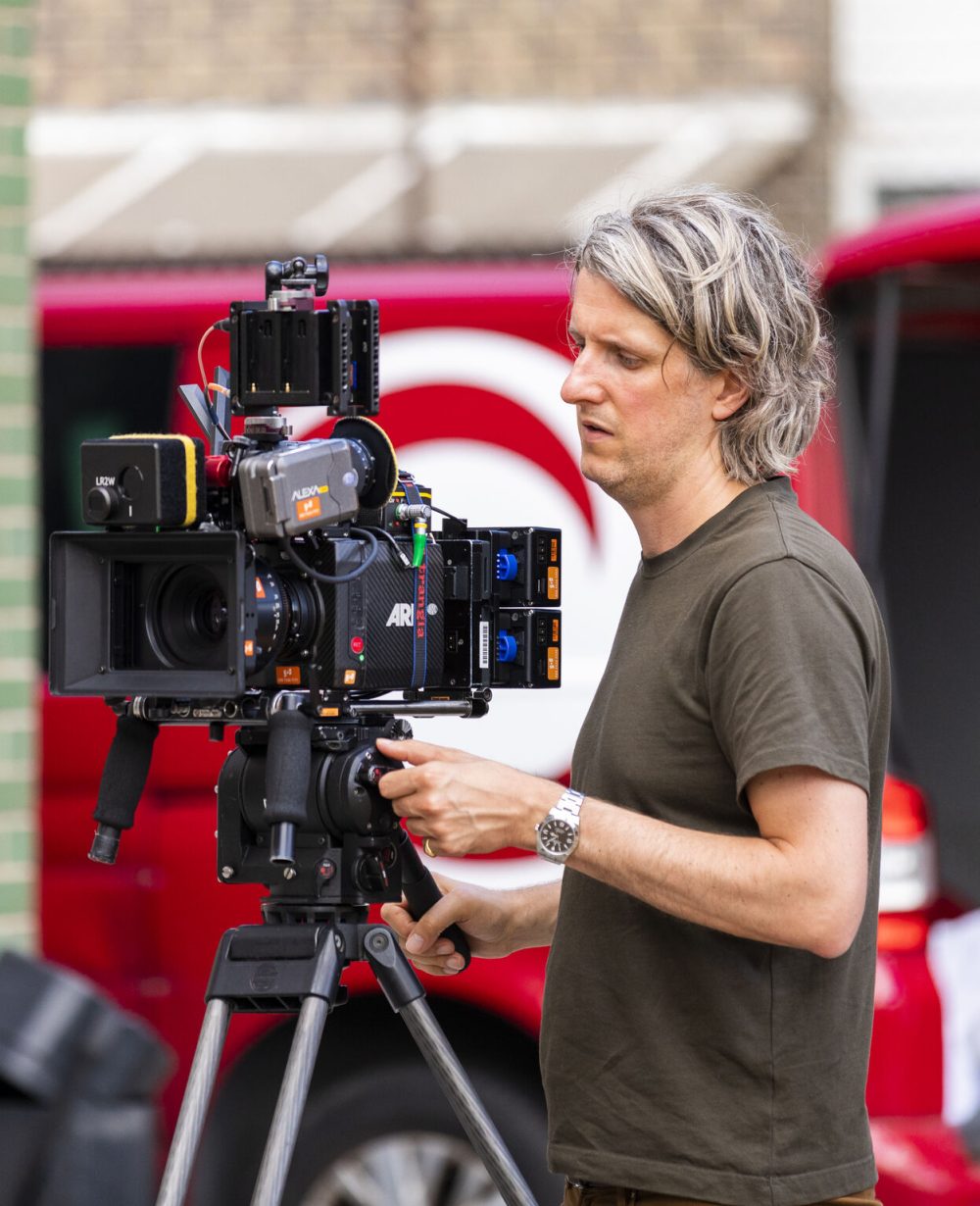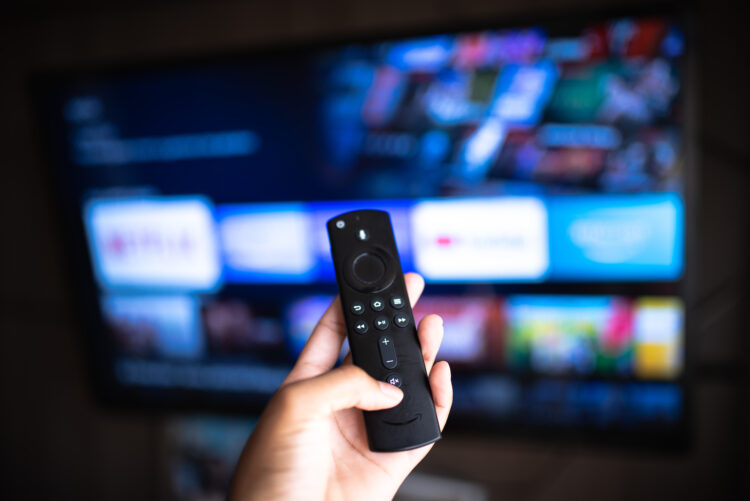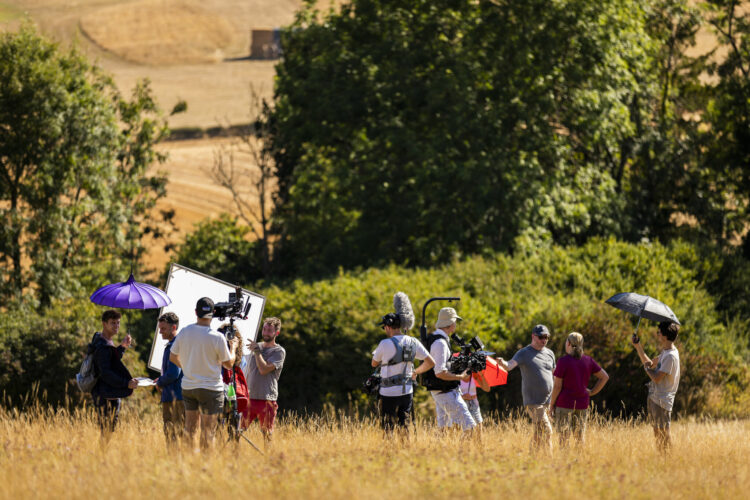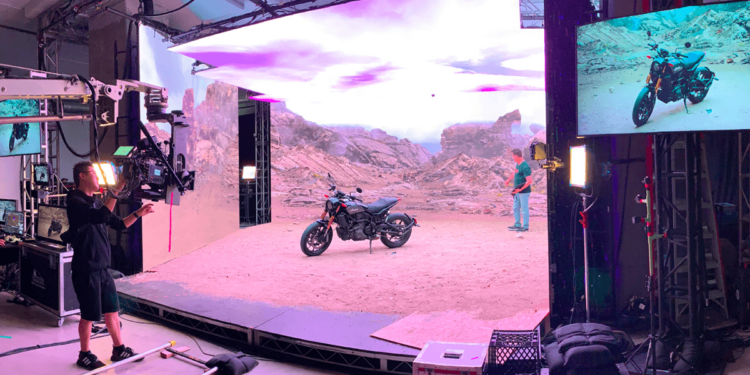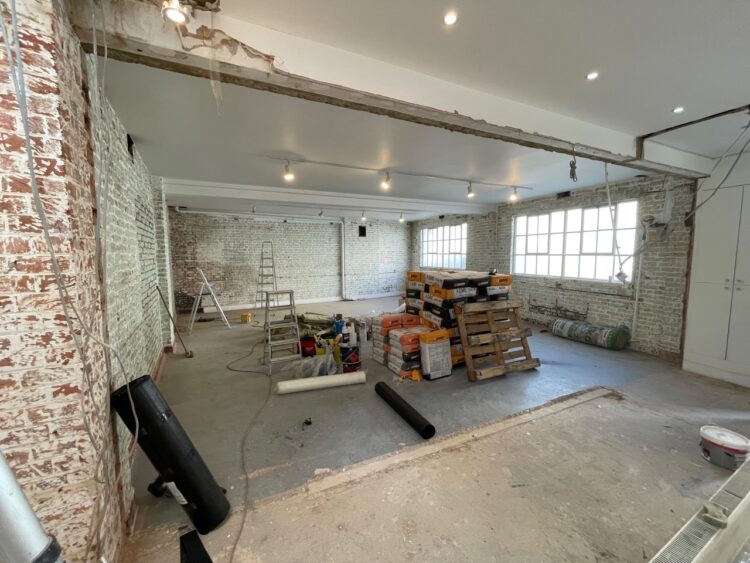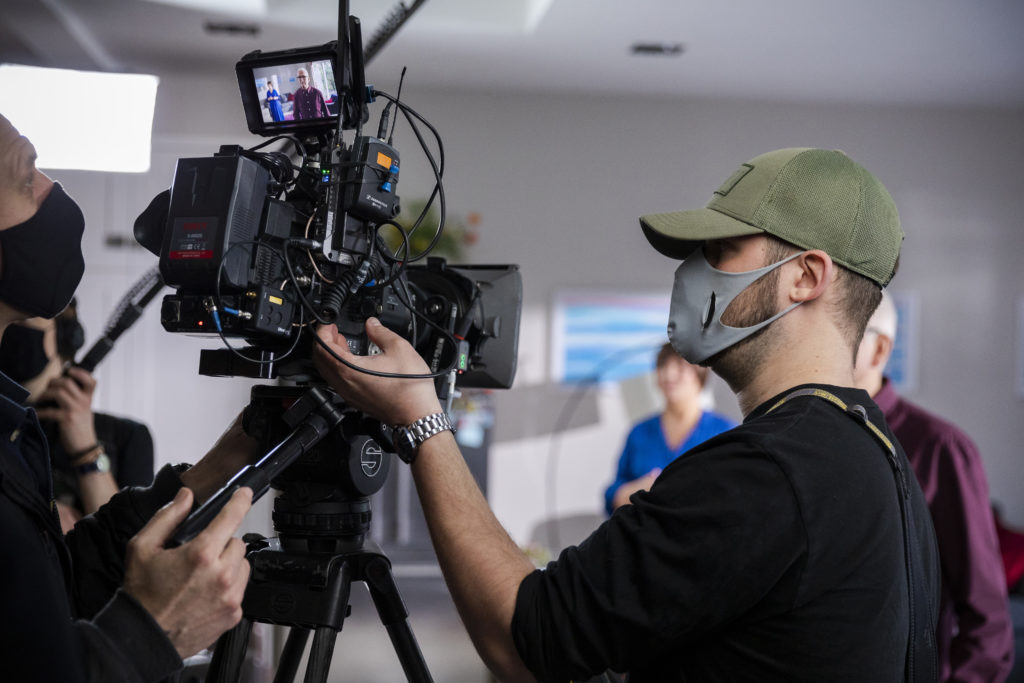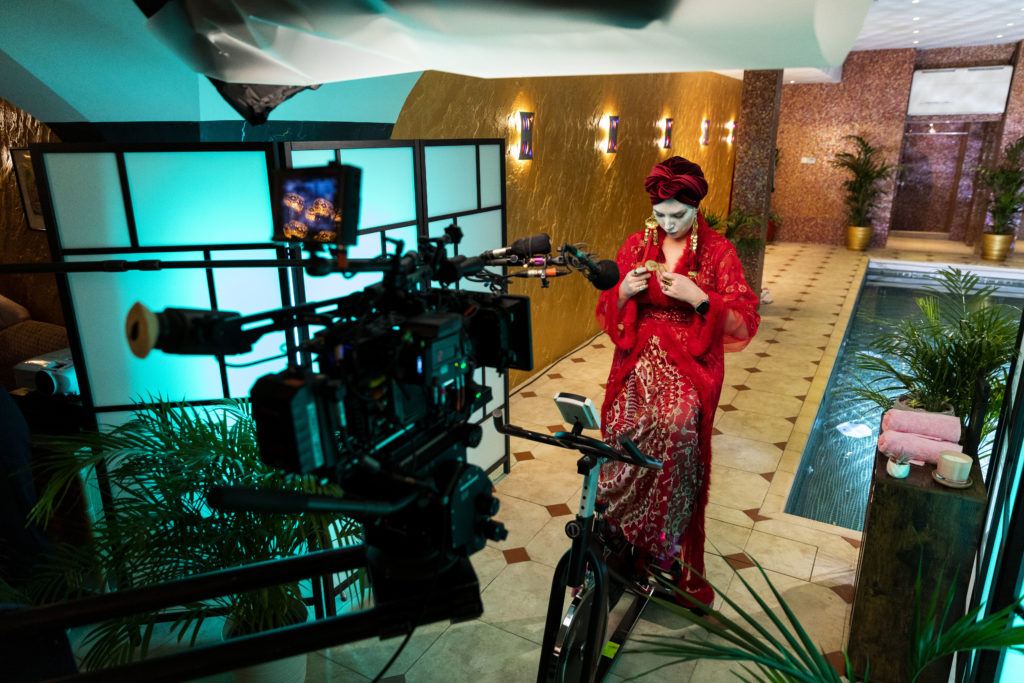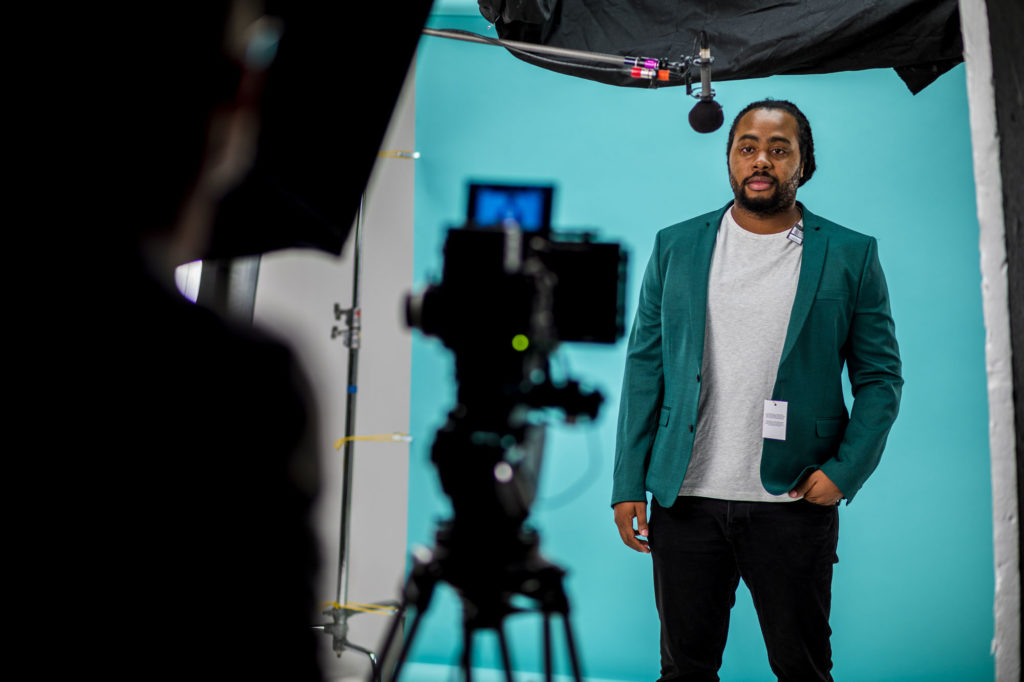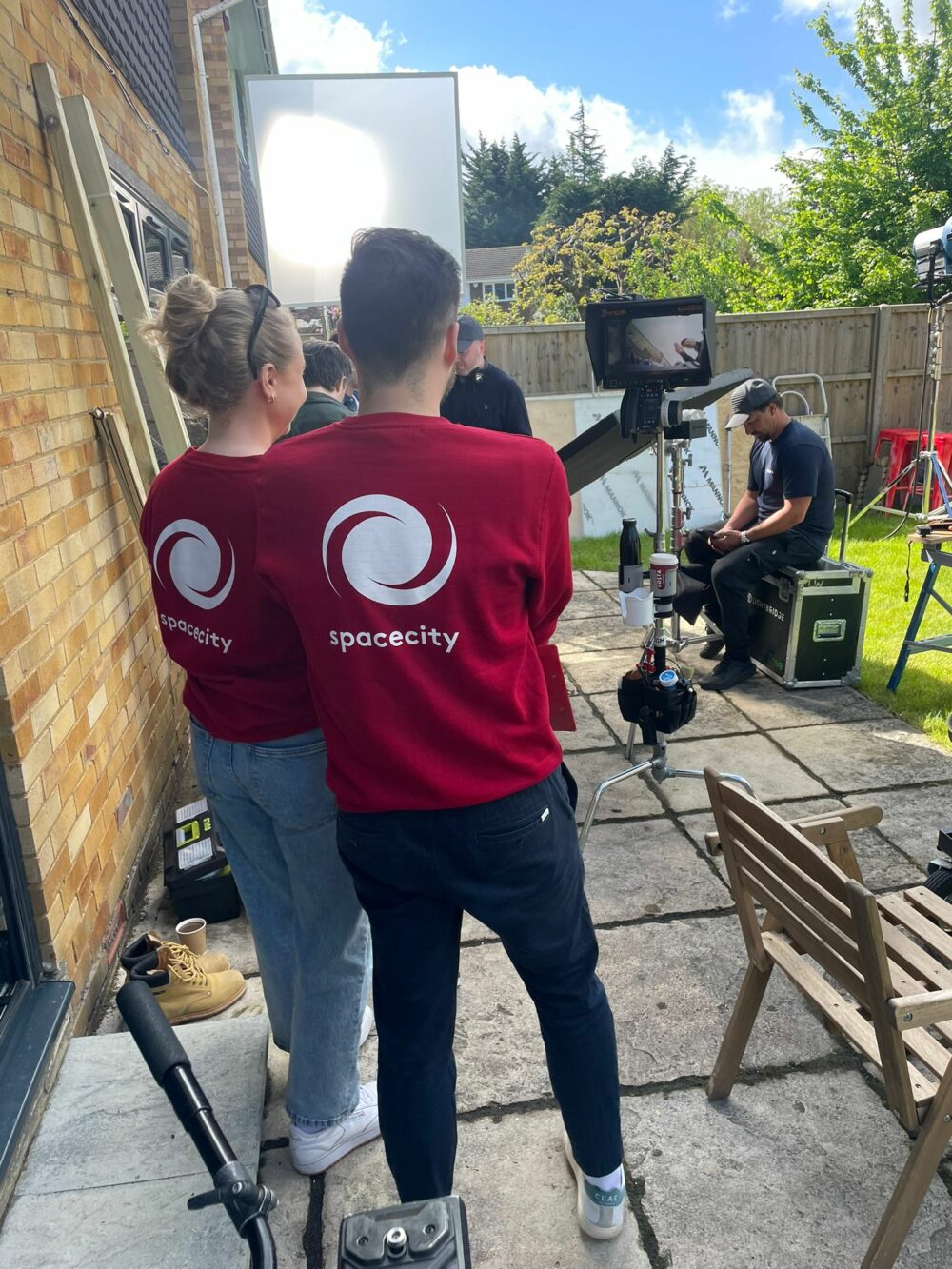The Financial Power of the Over-50s
According to IFS, the over-50s hold a significant portion of the UK’s wealth. The 55-74 age group possesses over half of the country’s £12.8 trillion in wealth, whereas individuals aged 16-34 hold a mere 3.3% of this amount. This stark contrast underscores the substantial financial influence of the older demographic in the UK. Additionally, due to improved health outcomes, there is an increased population of older individuals. In fact, in the UK, there are now more pensioners than teenagers.
Viewing Habits: A Generational Shift
Viewing habits have changed dramatically over the last decade. Younger people are turning away from traditional linear TV in favour of obtaining content through alternative channels such as social media, streaming platforms, and other apps. Connected TV (CTV) has emerged as a prominent player in this evolving landscape, offering a bridge between traditional television and digital streaming platforms.
Meanwhile, a high percentage of older viewers stay seated on their sofas, watching TV in the way they always knew. According to Ofcom’s Media Nations 2023 report, although individuals aged 55 and above represent approximately one-third of the population, they contribute to half of all Linear TV viewing activity.
Beyond Stereotypes: The Dynamic Over-50s
Before we explore why the over-50s demographic represents untapped potential when advertising on TV, it’s essential to gain a deeper understanding of this diverse group. As we delve into the characteristics of this demographic, it becomes evident that their financial behaviours and lifestyles defy what most people might think.
For instance, retirement, once seen as a milestone reached in one’s 60s, has transformed the over-50s. Rather than viewing retirement as a time for leisure and relaxation, many individuals are choosing to prolong their professional careers, driven by a desire for continued fulfilment and personal growth. This shift reflects a broader trend towards active ageing, where retirement is embraced as an opportunity for new experiences and meaningful engagements.

Furthermore, the over-50s are actively influencing various aspects of social and economic landscapes. Surprisingly, one in four single individuals aged 50-64 are actively dating, indicating a vibrant social life. And when they are dating, they are inclined to spend more money on an evening out than a younger person would.
Additionally, their influence extends to the travel industry, where their spending on holidays has surged by 23% over the past five years. In contrast, younger demographics are spending less on travel due to the current economic pressures in the UK.
Reshaping Consumer Trends
In the UK, millions of older individuals not only possess more wealth but are also more eager to spend it on discretionary items with lucrative profit margins. Enthusiastic about exploring new products, over half of individuals aged over 70 affirm that they frequently engage in online shopping, underscoring their active participation in modern consumer culture.
Despite these compelling trends, some argue that the advertising industry has been guilty of “youth-washing”, a practice rooted in the misconception that younger audiences hold inherently greater value. While it’s true that some young consumers may establish lifelong brand loyalties, many won’t.
Meanwhile, people who celebrate their 50th birthday can suddenly find that overnight they become the target of ads for pensions, hearing aids and walk-in bathtubs.
Unlocking the Grey Pound with TV Advertising
Currently, individuals aged 55 and above are significantly underrepresented in television commercials. They feature in only 23% of broadcast ads, despite constituting 65% of all TV impressions. Moreover, they only hold leading roles in 12% of commercials (source: ITV).
Additionally, there exists a gender disparity, with older women being far less likely to feature prominently in commercials compared to older men.
As a result, many older viewers express dissatisfaction with TV advertisements, citing a lack of relevance. They find it challenging to relate to the characters or scenarios portrayed.
A recent survey by the marketing company Anything But Grey found that 90% of people over 50 couldn’t name a single TV commercial they had recently seen that featured someone of their age group.
This could be partly attributed to the demographics within the advertising industry itself.

The average age of an advertising agency employee in the UK is 34, with a noticeable drop-off in representation as age increases. The industry has been criticised for a tendency to phase out individuals, particularly creatives, as they reach their 40s. The proportion of agency staff over 50 is only 6%, and those over 60 comprise a mere 1%. An article in the marketing magazine The Drum recently noted, “Why aren’t there any retirement parties in our business?”
Advertising agency hotshots can all too easily become obsessed with capturing the attention of younger audiences, potentially overlooking the presence of a larger and potentially more profitable market segment.
Bridging the Gap: A More Inclusive Approach
Search any stock image photo library for pictures of people aged 50+ and you will probably see a familiar selection of ageist stereotypes and tropes, reflecting what other demographics may visualise when asked to think of someone of an older age group.
Of course, not all older people are fragile, lonely and home-bound, sitting in an armchair while quietly sipping tea in the evening light. Nor are they super-fit long-distance runners.
By perpetuating these stereotypes, TV advertisers risk alienating older audiences and patronising them. If they feel misrepresented or unable to relate to the ads, they are less likely to engage with them.
We believe it’s time that the TV advertising industry starts to dedicate more effort towards creating commercials that resonate with older viewers. To begin with, there should be a greater focus on segmenting this extensive and varied demographic, rather than simply grouping them all together as one.
For example, a 50-year-old is very unlikely to feel like, look like or have the same interests as a 90-year-old; however, brands often group them under the 50+ category.
There are thousands of different shades of grey.
Not only is it important from a creative and ethical standpoint to tackle this issue, but also advertisements that effectively captivate the audience will yield a greater return on investment for their clients.
At the moment the “age representation imbalance” is huge. So, advertisers need to address the problem. They need to push the boundaries and think carefully about how their commercials will be perceived by real viewers in the real world.
Rather than solely focusing on age, advertisers should utilise more powerful tools that categorise people based on their lifestyles or interests, allowing them to understand the real person beyond just their age.
Get your TV advertising right and the rewards are waiting to be reaped.
In the dynamic realm of TV advertising, staying ahead requires tapping into emerging trends and demographics.
Interested in exploring how you can properly tap into the grey market in your advertising efforts? Have questions about our production services? Or simply want to discuss your next project idea?
Click the button below to start a conversation.




